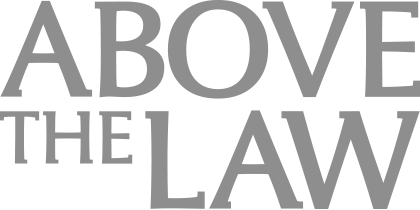The Evolution of Predictive Coding
The beauty of TAR 3.0 is that it makes technology-assisted review not just possible, but practical—which may be the smartest move yet.
 Sometimes change hits an industry like a thunderbolt. More often it comes gradually, until the tipping point when everything changes.
Sometimes change hits an industry like a thunderbolt. More often it comes gradually, until the tipping point when everything changes.
That’s how it’s gone with technology-assisted review (TAR), or “predictive coding,” as it’s also known. Attorneys have been using TAR in live cases for at least 10 years, and the basic ideas were circulating in academia for decades before that. A little more than five years ago, US magistrate judge Andrew Peck noted in a landmark decision, “Technology-assisted review can (and does) yield more accurate results than exhaustive manual review, with much lower effort.” According to a recent report, 71% of corporate counsels are now using TAR on at least some of their cases.
So why isn’t everyone using it now?
There’s no single answer, but a lot of it has to do with a gap between performance and usability. TAR has typically excelled at the former and lagged at the latter.
The reason goes back to TAR’s earliest days. The first TAR vendors not only needed to convince skeptics that TAR would stand up in court (something that is now well established), they had to prove it could beat what was then considered the gold standard of eyes-on human review. Understandably, they focused on improving speed and accuracy and let usability take a back seat.
Early TAR systems—what we might call TAR 1.0—relied on “simple passive learning.” Subject matter experts trained the system on documents classified by hand. They would assess how well the system had learned and then train it on more documents if necessary. Once they concluded the system had reached the desired level of accuracy, they could use the predictive model to quickly analyze the remaining documents.
It worked—for those willing to put in the effort. The problem was, not many were. TAR 1.0 required key members of the legal team to spend days training the model rather than working on other aspects of the case. TAR 1.0 couldn’t learn after the initial training period, so rolling productions meant starting over. TAR earned a reputation for being hard to use, suitable mainly for the largest cases under the tightest deadlines.
The great innovation of the next generation of TAR products, TAR 2.0, was to replace simple passive learning with “continuous active learning.” Using this approach, the machine-learning system trained itself invisibly, behind the scenes, by “watching” the decisions of human reviewers. Rather than training over a short, discrete period, continuous active learning systems are constantly improving, which makes them more flexible and better suited to real-world conditions.
But while TAR 2.0 was a huge improvement, it had many of the same shortcomings as the last generation. It still assumed specialized knowledge of statistics and information retrieval, and required a willingness to grapple with arcane interfaces populated with even more arcane terminology. It remained a tool for those in the know, not something anyone could use with a bit of training.
With the emergence of the cloud and the consumerization of IT, it was only a matter of time before a third generation of TAR emerged. TAR 3.0 combines the power of TAR 1.0, the convenience of TAR 2.0 and an ease of use that finally makes TAR accessible to specialists and non-specialists alike.
TAR 3.0 solutions are still fairly new, so how do you know one when you see it? Keep an eye out for features including:
- Wizards for creating a predictive model in seconds rather than hours.


2. Proactive “smart suggestions” about culling, prioritizing, and QCing.

3. Feedback about where the model is performing well, and where it isn’t, in terms you don’t need a computer-science major to understand.

4. The ability to learn from a small number of documents, so you can start using predictive coding much earlier in the review process.

The beauty of TAR 3.0 is that it makes technology-assisted review not just possible, but practical—which may be the smartest move yet.
For a look at TAR 3.0 in action, visit Everlaw at ILTACON for a demo!







